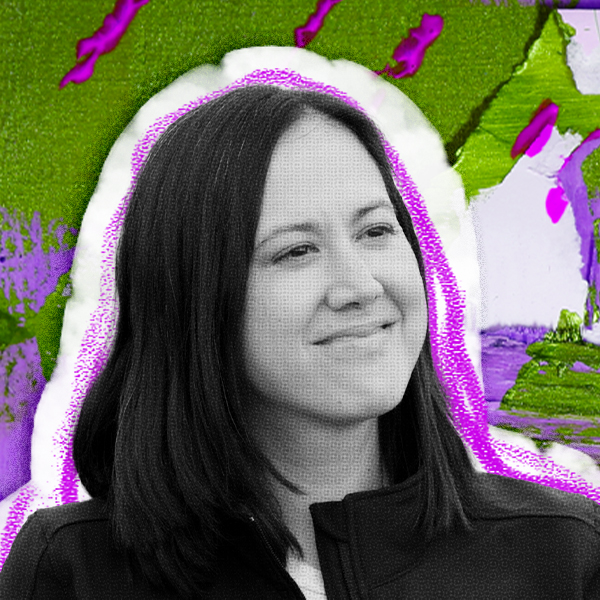I work numerous jobs including teaching college and career preparation to middle and high school students to at-risk, 1st generation college, and low income students in Northern Arizona, but I moonlight as a commercial and non-profit river guide. I help develop activities that focus on mentoring and guiding Native youth and adults to be environmentally and socially responsible using traditional tribal knowledge.
CAREER
Environmental Scientists and Specialists, Including Health
Overview
Salary Median (2020)
$73,230
Projected Job Growth (2019-2029)
+7.8% (as fast as the average)
Most Common Level of Education
Bachelor's degree
Career
Roadtrip Nation Leaders in This Career
What Environmental Scientists and Specialists, Including Health Do
Conduct research or perform investigation for the purpose of identifying, abating, or eliminating sources of pollutants or hazards that affect either the environment or public health. Using knowledge of various scientific disciplines, may collect, synthesize, study, report, and recommend action based on data derived from measurements or observations of air, food, soil, water, and other sources.
Other Job Titles Environmental Scientists and Specialists, Including Health May Have
Environmental Analyst, Environmental Health and Safety Specialist, Environmental Programs Specialist, Environmental Protection Specialist, Environmental Scientist, Environmental Specialist, Hazardous Substances Scientist, Registered Environmental Health Specialist (REHS), Research Environmental Scientist
How Leaders Describe a Typical Day at Work
I'm typically working with my team to help our clients deal with environmental contamination and liabilities. That could mean we're collecting samples, writing reports, or implementing a remediation work plan. No two days are alike and I'm constantly seeking creative ways to meet our client's needs.
Tasks & Responsibilities May Include
- Provide scientific or technical guidance, support, coordination, or oversight to governmental agencies, environmental programs, industry, or the public.
- Review and implement environmental technical standards, guidelines, policies, and formal regulations that meet all appropriate requirements.
- Collect, synthesize, analyze, manage, and report environmental data, such as pollution emission measurements, atmospheric monitoring measurements, meteorological or mineralogical information, or soil or water samples.
- Communicate scientific or technical information to the public, organizations, or internal audiences through oral briefings, written documents, workshops, conferences, training sessions, or public hearings.
- Provide advice on proper standards and regulations or the development of policies, strategies, or codes of practice for environmental management.
This page includes information from theO*NET 26.1 Databaseby the U.S. Department of Labor, Employment and Training Administration (USDOL/ETA). Used under theCC BY 4.0license. O*NET® is a trademark of USDOL/ETA.












